How we’re working with Gillette Children’s Specialty Healthcare
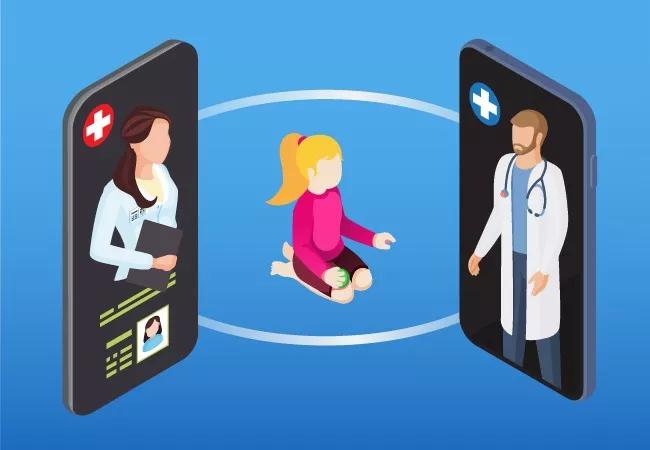
As detailed in a recent article on this website, Cleveland Clinic’s Neurological Institute is beginning to establish telemedicine-enabled collaborative relationships with hospitals throughout the U.S. to help address unmet needs for subspecialty expertise across the spectrum of neurological care. One of the first such relationships is a collaboration around pediatric epilepsy care implemented earlier this year with Gillette Children’s Specialty Healthcare in St. Paul, Minnesota. This article profiles the relationship as an example of how such collaborations can work and the benefits that may result.
Cleveland Clinic is a non-profit academic medical center. Advertising on our site helps support our mission. We do not endorse non-Cleveland Clinic products or services. Policy
Gillette Children’s Specialty Healthcare is a nonprofit hospital that has specialized for more than 120 years in the care of children with complex neuro-orthopaedic conditions and disabilities. While Gillette’s focus in neuro-orthopaedic care is deep, their mission includes providing a high-level service for complex epilepsy cases and building a pediatric epilepsy surgery program, which prompted interest in this consultative collaboration.
Staff from Gillette gained familiarity with their Cleveland Clinic counterparts via typical professional channels like medical conferences. Initial discussions about collaboration led, beginning in early 2019, to deeper exploration of a formal relationship. Key clinicians from each organization visited the other organization to observe their processes and infrastructure. These efforts culminated in an agreement, formalized in May 2020, under which staff from Cleveland Clinic’s Section of Pediatric Epilepsy provide high-level consultative support to Gillette’s staff on the care of patients with complex epilepsy.
“Both organizations were so committed to the collaboration that we proceeded even in the midst of the COVID-19 pandemic,” says Ajay Gupta, MD, Section Head of Pediatric Epilepsy at Cleveland Clinic.
Under the agreement, the dedicated team of pediatric neurologists who rotate on Gillette’s epilepsy monitoring unit select complex epilepsy cases and potential epilepsy surgery cases undergoing video EEG monitoring for discussion with Cleveland Clinic’s pediatric epilepsy team. The two teams meet virtually every day to discuss these patients.
“Most weeks, Gillette admits two or three patients with epilepsy for whom they may ask us to join them in an in-depth analysis of video EEG,” explains Dr. Gupta. “Using videoconference meetings, we will typically discuss the video EEG with our Gillette counterparts on daily rounds while the Gillette team continues to provide clinical care and share updates on each patient’s condition.” At the end of a patient’s hospital stay, typically two or three nights, Cleveland Clinic staff provide a detailed report on the patient’s video EEG analysis.
The plan of care in selected cases may include discussion of potential brain surgery at a joint patient management conference. So far, surgery was considered in three Gillette patients during the first five months of the collaboration. During the patient management conferences, all relevant members of both the Gillette and Cleveland Clinic teams — including pediatric neurologists, epileptologists and neurosurgeons — discuss matters pertinent to clinical decisions on potential epilepsy surgery for a given child. After the conference, Gillette’s pediatric neurologist/epileptologist and neurosurgeon meet with the family to discuss the conference recommendations.
The hallmark of the collaboration is the ability to connect virtually and daily, Dr. Gupta notes. Both teams have set up remote connections and rigorous monitoring processes to allow access to multiple systems such as electronic medical records, imaging and video EEG portals for simultaneous review and rounding on a daily basis. Dr. Gupta’s team at Cleveland Clinic is able to seamlessly log into the Gillette system via multimodal connection to view EEG data, imaging reports and data, and patient charts for review and discussion with the Gillette team.
“It’s important to note that our Gillette colleagues maintain their long-standing relationships with their patients and remain the ones who interact with them at the bedside, discussing options with children and their families,” Dr. Gupta says. “Our team interacts with the Gillette team to leverage the expertise that comes from Cleveland Clinic’s high-volume experience in complex pediatric epilepsy management and epilepsy surgery. Gillette has an extremely well-trained, well-equipped team. Our role is simply to help them interpret complex video EEG studies when needed and discuss potential epilepsy surgery cases at a joint epilepsy management conference to advise them based on our center’s collective expertise and experience.”
He believes that respecting Gillette’s deep neuro-orthopaedic expertise, addressing their unmet needs and preserving Gillette’s relationships with their patients has been key to the collaboration’s early success. Another key has been simply listening to the Gillette team. “When exploring a collaboration like this, it’s essential to listen to what the other organization is saying they want, learning how they do things and figuring out what you have to offer in response,” Dr. Gupta observes. “Other programs might offer to take over most of the comprehensive care, but that is not what Gillette wanted and not what we’re looking to do.”
Recognizing that the collaboration is still in its early days, Dr. Gupta says near-term priorities center on further consolidating and improving processes between the two organizations. That includes enhancing training of nurses to ensure top-quality data from recordings of patient seizures and training of EEG technicians to improve real-time patient monitoring. It also includes streamlining the presentation of cases in patient management conferences and ultimately helping the Gillette team build a successful pediatric epilepsy surgery program.
Also on the horizon is implementing cloud computing connections so that Gillette clinicians can transfer pertinent data via the cloud. This will enable their Cleveland Clinic colleagues to access these data from anywhere and make it possible for Cleveland Clinic experts to employ the most highly advanced (and data-intensive) technologies to inform clinical management. “This will allow Gillette’s complex epilepsy patients to benefit from the knowledge of one of the most experienced epilepsy centers,” Dr. Gupta notes.
He adds that the collaboration’s broad objective is to continue to build the capabilities of Gillette’s epilepsy program, with the aim of offering timely epilepsy surgery to more pediatric patients who stand to benefit from it in terms of seizure freedom and a better quality of life.
“It is our goal to offer cutting-edge care to our patients with epilepsy,” says Tim Feyma, MD, Associate Medical Director of Pediatric Neurology, Gillette Children’s Specialty Healthcare. “Our effort with Cleveland Clinic has been supremely collaborative, expert and timely.”
The collaboration is not without benefits to Cleveland Clinic’s pediatric epilepsy caregivers as well. Because Gillette has such a specialized population of patients, some of whom have rare and challenging genetic and neurometabolic conditions, Cleveland Clinic clinicians are encountering rare-disease cases they have never seen before. Everyone’s practice ends up being elevated, and opportunities for professional growth abound. “I hear nothing but great things about this relationship from our team,” says Dr. Gupta. “They are learning new things and contributing to patient successes beyond our own walls.”
He adds that the collaboration aligns well with Cleveland Clinic’s broader mission to extend its footprint and touch more patient lives. “We are leveraging our expertise to help another organization cultivate additional capabilities — and helping patients in the process,” Dr. Gupta concludes. “It’s beneficial all around.”
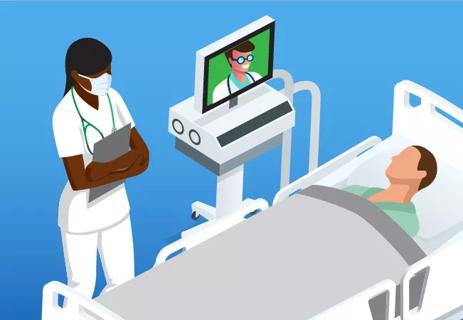
Combined on-site and virtual team swiftly manages a prolonged seizure

Awards fund research on oxidative targets, immunometabolism, spatial navigation testing and more
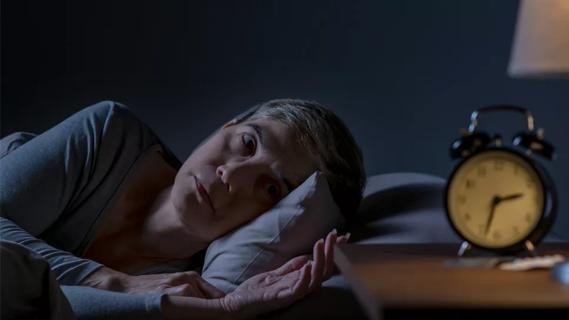
Large cohort study suggests need for routine sleep screening as part of neurological care
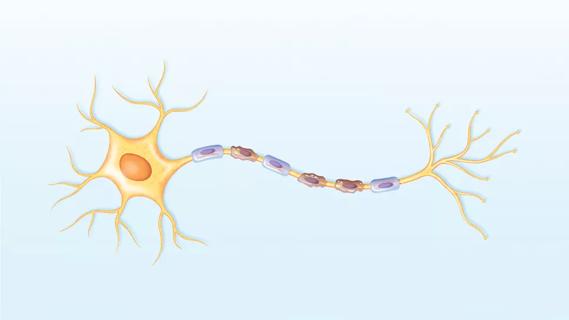
Early experience with the agents confirms findings from clinical trials

Determining the right dose and injecting in the right muscle can be challenging
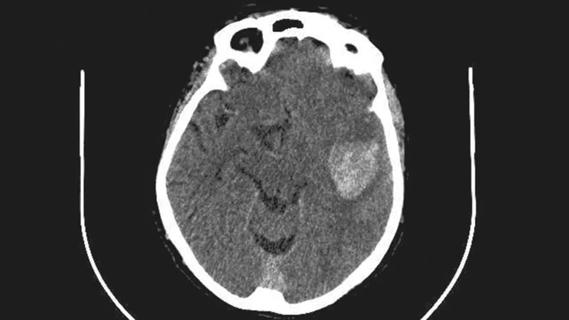
ENRICH trial marks a likely new era in ICH management
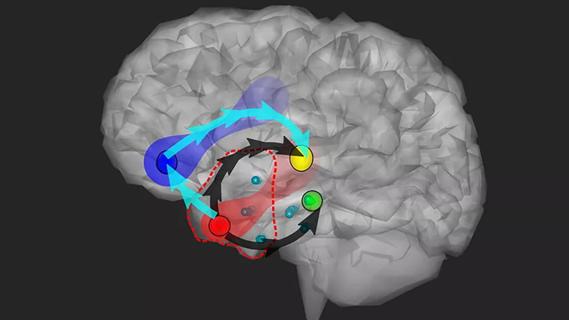
Study combines intracranial electrophysiology and SPECT to elucidate the role of hypoperfusion

New research sheds light on a potentially devastating condition that is reversible when properly managed